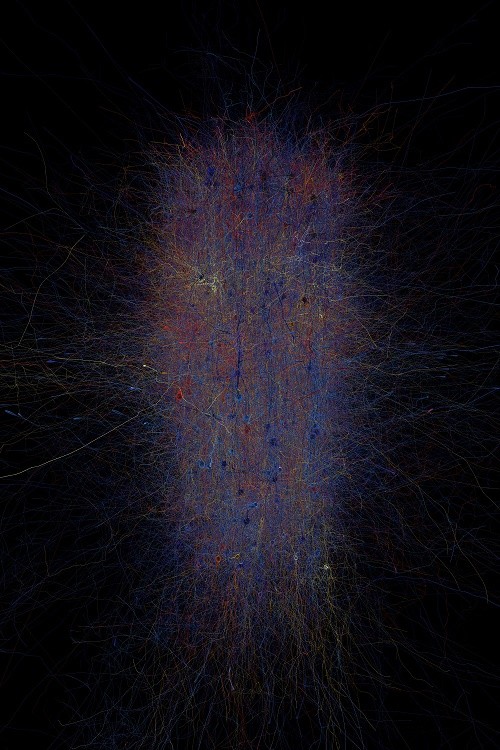Neuroscientists have digitally recreated a part of rat's brain using supercomputers where this breakthrough research can eventually lead to reconstructing the human brain.
Scientists from the Blue Brain Project were able to produce a computer reconstruction of a portion of the rat neocortex which is equla to the size of one grain of sand. The neocortex is located inside the rat's primary somatosensory cortex which works by receiving sensory information. The simulation revealed a complex nervous system along with its network of brain cells.
According to the team, this electrical brain behavior reveals how brain tissue simulations on supercomputers can be highly similar to behavior that is observed in numerous human brain experiments.
This new digital brain simulation also revealed 31,000 brain cells and its complex neural circuits that are linked together with 37 million synapses between two nerve cells. This new study is also considered to be the most detailed brain model yet, calling it "virtual brain slice".
This new study is also the first major breakthrough project of the Blue Brain Project whose goal is to recreate and produce a virtual simulation of the human brain. The study is led by neurobiologist Henry Markram of the École Polytechnique Fédérale de Lausanne (EPFL) in Switzerland, where their mission is to create a full virtual replication of the human brain to reveal the neuron's 3D properties along with its electrical and biological inner workings.
Apart from mapping a part of a rat's brain, the Blue Brain Project is also part of the controversial Human Brain Project research that gained a lot of criticism from neuroscientists from all over the world but Makram still believes about the relevance of mapping the brain and these new findings.
To date, this study is the first ever draft of a brain map involving 31,000 brain cells but Makram knows that this still does not prove that scientists are capable of reconstructing the whole human brain from more than 85 billion brain cells yet, but considers this major effort as a crucial step towards the goal. The
This new study is published on the journal, Cell.



























